Editors’ Picks




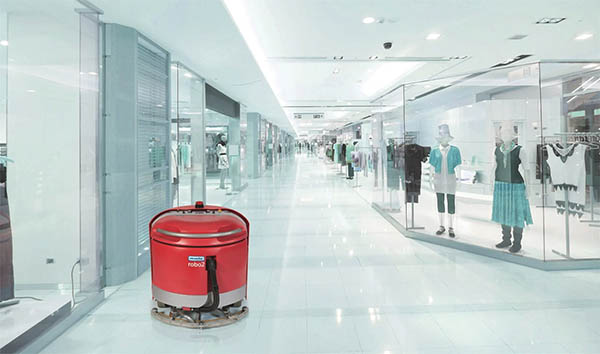
Found in Robotics News & Content, with a score of 0.67
…rapid delivery. The e-commerce revolution was driven by the COVID-19 pandemic and will continue to accelerate in 2022, it predicted. 2. Robots become easier to use New generations of robots are designed to be easier to use. There is a clear trend towards user interfaces that allow simple icon-driven programming and the manual guidance of robots. Robot companies and some third-party suppliers are bundling hardware packages with software to ease implementation. Offerings that focus on complete ecosystems can add value by reducing the effort and the time to operation, the IFR noted. 3. Both robots and humans up-skilling More and…
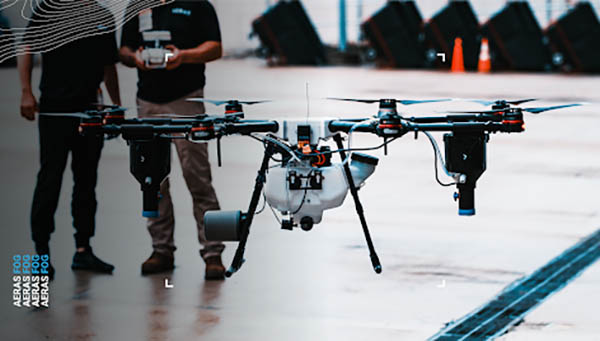
Found in Robotics News & Content, with a score of 0.79
…the Federal Aviation Administration to sanitize outdoor venues against COVID-19, according to its website. They were used to clean the 2021 Kentucky Derby venue and the PPG Paints Arena. But AERAS said its technology has multiple applications. The company's precision lidar and photogrammetry capabilities allow its drones to scan a bridge safely and thoroughly in less than 30 minutes, said Justin Melanson, co-founder and chief innovation officer at AERAS. “Our drones' precision imaging capabilities can show functional compromises or infrastructure stressors,” said Melanson, who also serves as the chair of PennDOT's Economic Development UAS Task Force. “From a time, efficiency,…
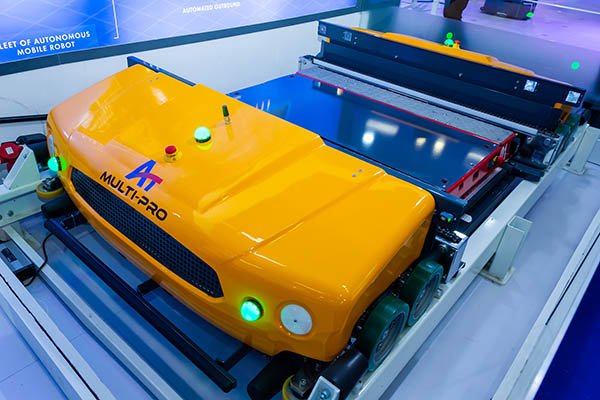
Found in Robotics News & Content, with a score of 0.69
…Addverb scales to meet global supply chain demand The COVID-19 pandemic has led to an increase in home deliveries, labor shortages, and supply chain disruptions. As a result, the demand for automation is rising quickly, according to Addverb Technologies. The global market for warehouse robotics could expand from $4.7 billion in 2021 to $9.1 billion by 2026, with a compound annual growth rate (CAGR) of 14%, predicted Markets and Markets. The research firm noted that a significant part of that demand is in the U.S. By designing and making its own hardware and software, Addverb said it has been able…
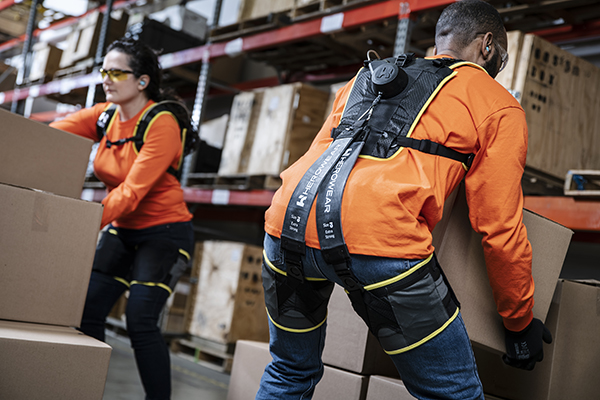
Found in Robotics News & Content, with a score of 0.51
…market,” said HeroWear in reference to shortages during the COVID-19 pandemic. the Exo-LiFFT calculator. Source: Vanderbilt University HeroWear develops Exo-LiFFT Exoskeletons are now being used daily in factories, warehouses, construction sites, and other workplaces around the world to relieve physical strain on overburdened workers. HeroWear said it developed Exo-LiFT with the recent study in mind. “With the help of exo-technology, workers in the future could have fewer injuries, less chronic pain, and careers won’t be cut short,” Marino said. “A tool like Exo-LiFFT can go a long way in showing the impact these types of workforce wearables can have on…
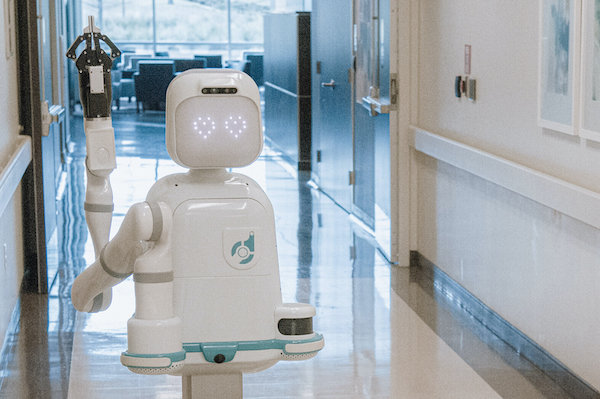
Found in Robotics News & Content, with a score of 0.52
…for that period, according to Allied Market Research. The COVID-19 pandemic has aggravated worker shortages and added demand for social distancing and contactless retail. The ability of one mobile robot to perform a wide range of tasks at different locations has also boosted the demand for automation. In response, robotics suppliers are focusing on improving capabilities, managing costs, and offering fleet management software and services. Based on the number of applications that already exist for mobile logistics robots, the market will continue its growth. About the author Suchita Gupta is an explorer, musician, and content writer. While pursuing an MBA,…
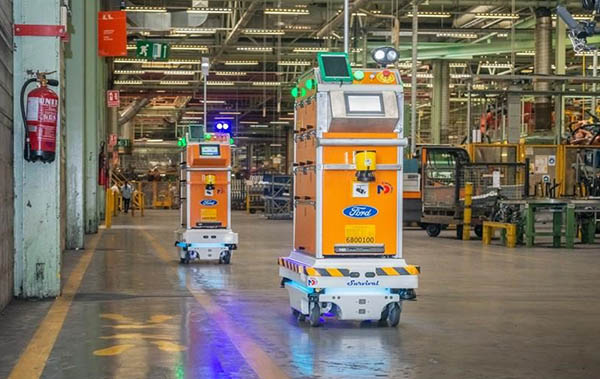
Found in Robotics News & Content, with a score of 0.34
…for repetitive tasks has become more difficult during the COVID-19 pandemic. As online shopping doesn’t show any sign of slowing down, more merchants are applying robots to order picking. At the same time, people are still needed for upstream and downstream processes. That’s where collaborative robots, or cobots, come into play. Collaborative robot arms and AMRs are different from industrial robots because they include sensors and programming to avoid dangerous interactions with humans. They are also potentially easier to operate, reducing the need for technical experts in production. Cobots include the following features, depending on the application: Safety-monitored stop: Such…
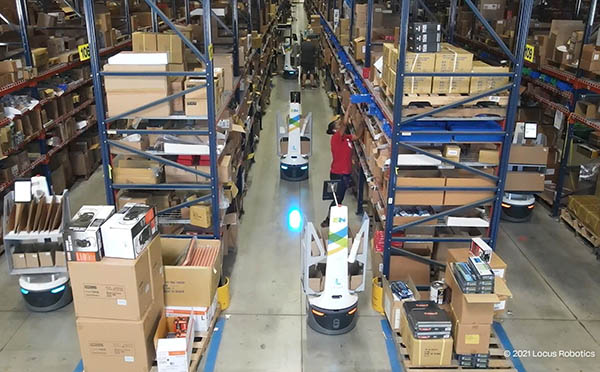
Found in Robotics News & Content, with a score of 0.44
…and enabled workers to remain socially distant before the COVID-19 vaccine was widely available. In this case, evo wanted to scale quickly without reconfiguring its warehouse, so AMRs were the best solution (see video below). In many areas of the world, including the U.S. and Europe, warehouses had difficulty attracting and retaining employees long before the pandemic, particularly in the cold storage industry. In other areas of the world – namely the Asia-Pacific region – an adequate pool of workers exists, but labor costs are exorbitantly high, and so is real estate. In fact, Körber Supply Chain has a client…

Found in Robotics News & Content, with a score of 0.90
…“closed-loop” bubble system to help minimize the spread of COVID-19 and to ensure athletes and attendees don’t leave the event’s confines and enter the city. The Main Media Centre of the venue is decked out with service robots performing a variety of tasks, from disinfecting surfaces and taking temperatures to preparing and serving up meals and alcoholic drinks. The goal is to reduce human-to-human contact. An estimated 60,000 people are expected to attend. In one area, a robot may drop down a bowl of noodles to a hungry athlete. In another, a customer might scan a QR code with his…
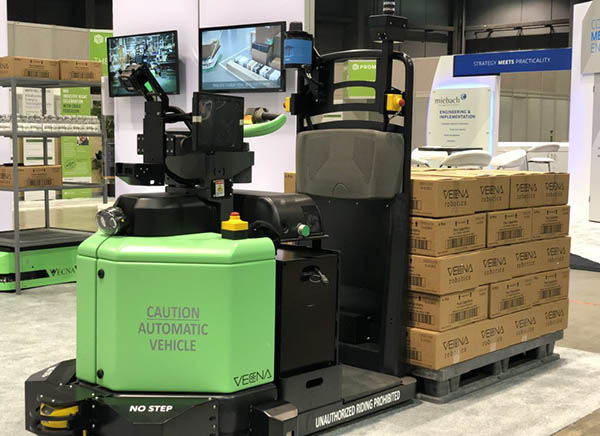
Found in Robotics News & Content, with a score of 0.33
…How have supply chain and labor challenges around the COVID-19 pandemic affected interest in Vecna's systems? Are there any that are in particular demand? Malloy: With the lockdowns in April 2020, the company had time to hone its offerings. We couldn't get into warehouses, and there was an acceleration of need combined with a good product-market fit. It was not just a technical problem and a solution. It turned out there was a huge demand for vehicles that could move 5,000 lb. in warehouses and manufacturing economically alongside people and other vehicles. There were two things that ramped up demand.…
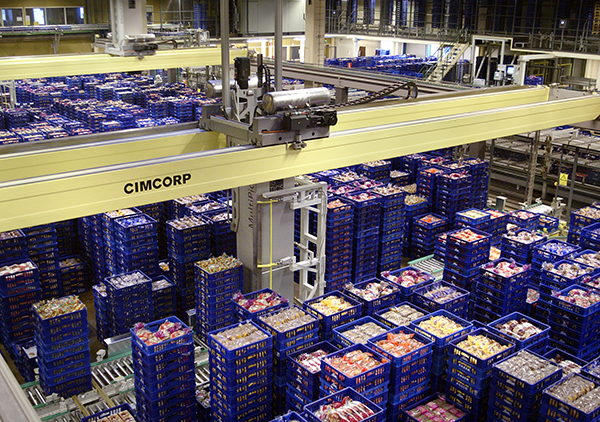
Found in Robotics News & Content, with a score of 0.34
…the workforce altogether due to concerns or constraints around COVID-19. Now it’s up to employers to address the labor shortages. Some industries are feeling the strain more than others, particularly those that faced hiring and retention challenges long before the current wave of “quits.” This includes the warehousing and distribution sector. Why the growing labor shortage? The older generation of warehouse workers is gradually retiring, opening up many positions for young job seekers. But fewer and fewer are interested in the physically demanding, injury-prone nature of warehouse work. What does that kind of work entail? In a traditional warehouse environment,…
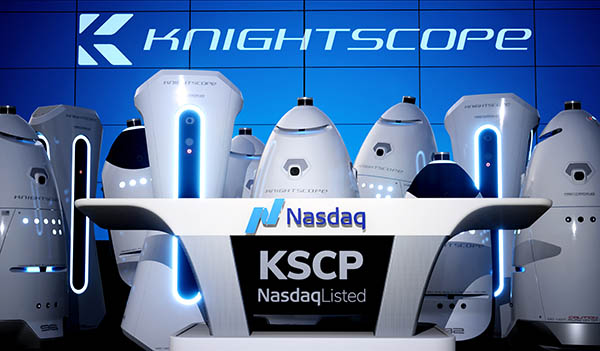
Found in Robotics News & Content, with a score of 0.88
…be outfitted with elevated body temperature (EBT) detection for COVID-19 screening. The company's compact K3 mobile robot is designed for indoor spaces. The K5 mobile robot has been in outdoor usage since 2015, and Knightscope is developing the wheeled, multi-terrain K7. In addition, the company offers its cloud-based Knightscope Security Operations Center (KSOC). Knightscope claimed that its security robots have led to 10% fewer calls for service and a 46% decrease in reported crime. Knightscope begins Nasdaq trading Knightscope, which initially announced its initial public offering of up to $40 million in December 2021, began trading on the the Nasdaq…
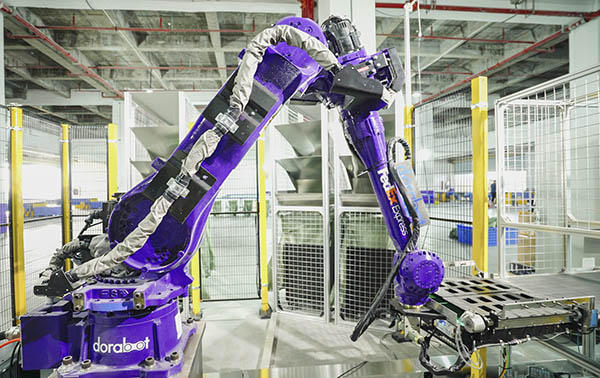
Found in Robotics News & Content, with a score of 0.44
…in warehouse automation echoes broader industry trends. The global COVID-19 pandemic has prompted logistics businesses to optimize operational efficiencies, from warehouse management to last-mile delivery. They need to cater to the soaring demand for e-commerce products, seasonal peaks, and consumers’ heightened expectations for fast delivery, it said. The global warehouse automation market will reach $51 billion by 2030, projected McKinsey & Co. By 2025, more than 4 million commercial robots will be installed at more than 50,000 warehouses, according to ABI Research. “Innovation is at our core and is a major factor behind FedEx strategy in China,” said Robert Chu,…



